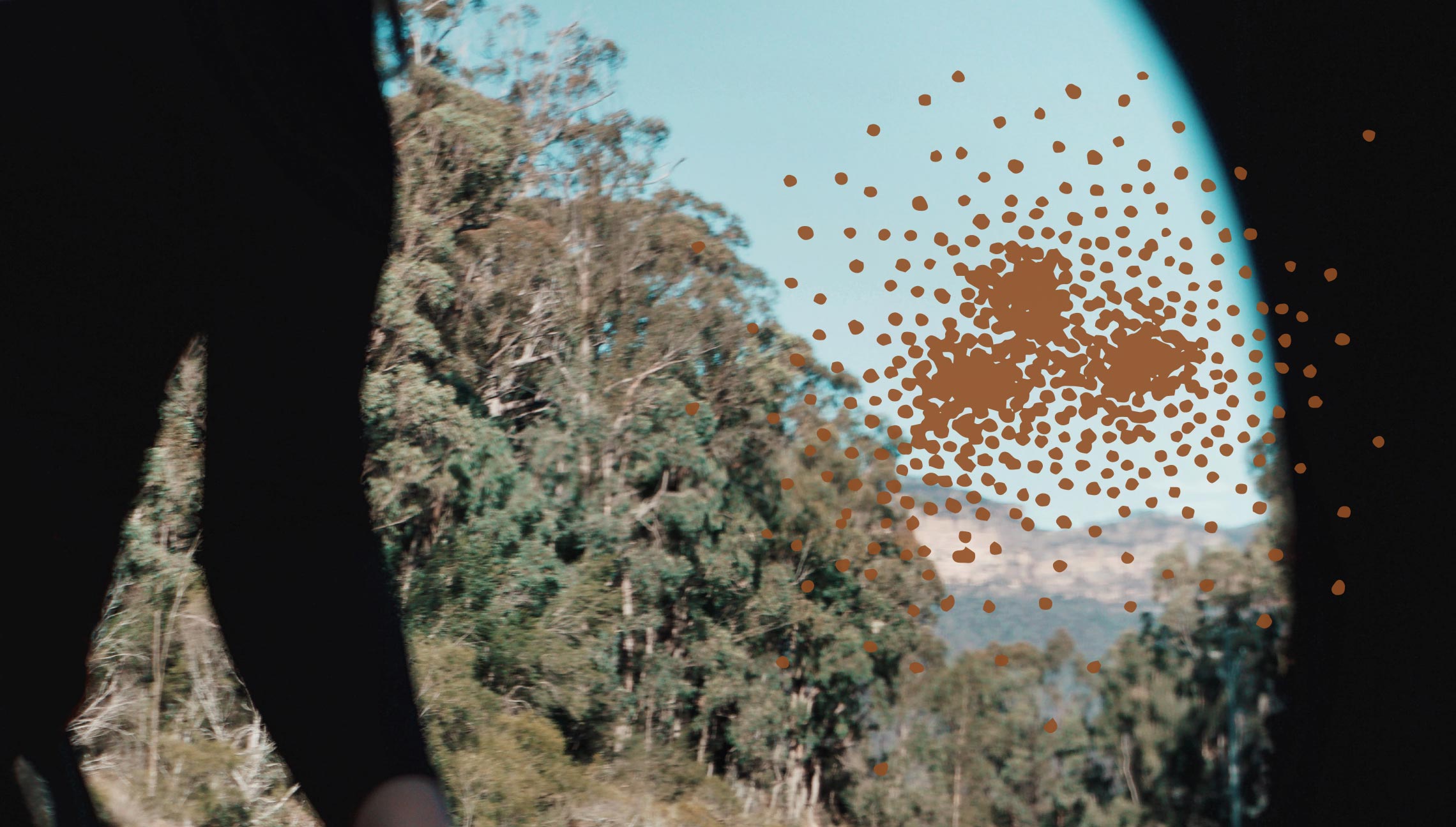What is 3Ai homework? In 2020, 3Ai is excited to be back in the classroom with a new cohort of Masters students, teaching a new branch of engineering into existence.
How would you like to play along at home? We are trying something different this year and giving you a little glimpse of life as a 3Ai student. And that means… homework! (disclaimer: don’t worry, you’re not being assessed). During the semester we will share with you a sample of what we are reading, a snapshot of the influences and discussions shaping 3Ai. This will match up with the fortnightly themes of our program.
In Semester One, students are undertaking two courses:
-
Question Framing, within which students engage with perspectives from a wide range of disciplines to frame critical and constructive questions about cyber-physical systems; and
-
Build, where students learn to create cyber-physical systems in collaborative teams with an explicit awareness of the environmental, social, and technological contexts that their systems could eventually exist within.
Like you, our students are now learning from home. 3Ai has officially gone diasporic, and our students have been transitioned to digital and remote classrooms for the remainder of the Semester. Staying connected but keeping apart!
Your resources for Theme Four:#
In Theme Four of Question Framing our students dived headfirst into algorithms and machine learning. There is a lot to digest in this fortnight’s resource list! The readings span nearly three centuries and several disciplines, roaming from the origins of theorems informing machine learning today, to the birth of computer science as a curriculum, to proposals for thinking machines. We explore how to define and describe ‘learning machines’, unpack algorithms and their role in complex systems as well as draw meaning, make inference, and imbue algorithms and systems with context.
Without further ado, here’s a taste of the resources for Question Framing:
-
Ada Lovelace (1840–48) Correspondence with Augustus De Morgan. Letters. Click through to the index of Lovelace’s correspondence with her maths tutor, Augustus De Morgan. Observe the index description of each folio, and the duration of correspondence. Click through to a couple of letters if you like, to get a sense of the kinds of conversations and thinking going on behind all the well-known work. For those who don’t know: Ada is known as the first computer programmer. As a little bonus: check out how 3Ai celebrated Ada Lovelace Day in 2019
-
Alan Turing (1950) I. Computing machinery and intelligence. Mind LIX(236): 433–460. Paper.
-
Lee Dembart (1977) Experts argue whether computers could reason, and if they should. NY Times. Newspaper article.
-
danah boyd (2018) How an algorithmic world can be undermined. Keynote presentation at re:publica, Berlin, 5 February. Keynote address.
-
Janelle Shane (2020) Scented candles from a neural net trained on 1000 existing candles. Twitter thread. _A link to a full blog post about the experiment is on the aiweirdness.com blog here_
In the Build course this fortnight, students began exploring “agents”: a model of intelligence that is important to the field of AI. In the fortnight’s first reading, Stewart Russell and Peter Norvig loosely describe an agent as “something that perceives and acts”. From Siri to the Sims, the practice of creating and programming agents has a rich history and continues to shape every sphere where artificial intelligence is found. By crafting their own agents, students use their hands-on experience to consider the multitude of influences that shape agents’ designs and behaviours. The students observe ways by which patterns in the world influence approaches to designing an agent, ultimately shaping its outward behaviours.
Students explored this concept by first revisiting their childhoods — playing tic-tac-toe (a.k.a. noughts-and-crosses, or Xs and Os), with the aim of creating their own tic-tac-toe “agents” from idea to execution. They then learned about collaborative coding communities, environments and approaches, so they could begin to create a team tic-tac-toe agent next fortnight.
Russell, S. and Norvig, P. (2016) “Intelligent Agents” in Artificial Intelligence: A Modern Approach. Essex: Pearson Education Ltd., pp. 34–63.
“Code of Conduct”, Python Software Foundation. An example of the way the Python community establishes cultural norms in a collaborative coding environment
And for some optional extra reading this week, take a look at:
-
Cassel, David. “The 44-Year-Old Operating System Bug”, The New Stack, 11 November 2018.
-
“The mind behind Linux (Linus Torvalds)”, Interview with Ted Curator Chris Anderson. The story of git is around the 8 min mark; you don’t need to watch the whole interview
-
Cohen, Noam. “After years of abusive emails, the creator of Linux steps aside.” The New Yorker, 29 September 2018. This is a glimpse at how community practices can potentially shape / influence the development of open source software
Happy reading/watching/exploring!
All of our materials strive to reflect a variety of voices and perspectives, to in turn reflect our diverse cohort. Our 2020 cohort come from a range of countries, including Nigeria, the United States, Nepal, Mexico, India, Iran and Australia; a range of disciplines, including law and policy, economics, computer science and machine learning, biology, music, you name it; and are diverse in gender and ethnicity.
Want more? Some of the #3Ai2020cohort have been blogging their progress, reflecting on the resources and their learnings in the 3Ai Masters Program. You can check out their insightful reflections here:

